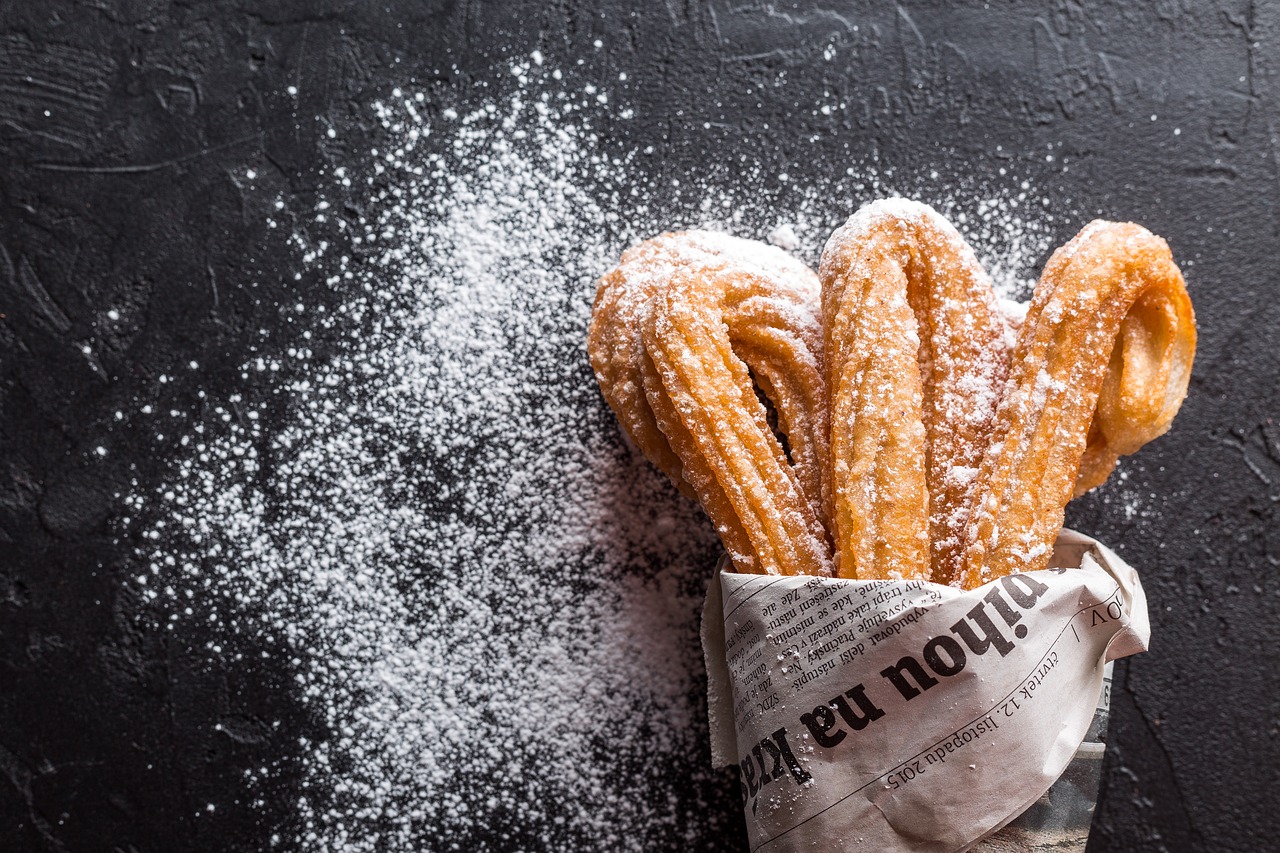Ever reached for a snack and wished it was both delicious and healthy? Wheat crackers might be the perfect solution. These crispy, versatile treats are a pantry staple, loved for their satisfying crunch and nutritional benefits. But not all wheat crackers are created equal—some are packed with whole grains and fiber, while others hide unnecessary additives.
In this guide, we’ll explore everything you need to know about wheat crackers, from their health benefits to how to choose the best ones. Plus, we’ll share creative ways to enjoy them beyond the usual cheese pairings.
Why Wheat Crackers Deserve a Spot in Your Pantry
Wheat crackers are more than just a convenient snack—they offer several health advantages when chosen wisely. Here’s why they’re a smart choice:
1. Rich in Whole Grains (When You Pick the Right Ones)
-
Whole wheat crackers provide fiber, which aids digestion and keeps you full longer.
-
Studies show that whole grains may reduce the risk of heart disease and type 2 diabetes (American Heart Association).
2. Lower in Refined Carbs Than White Crackers
-
Unlike crackers made with refined flour, whole wheat versions have a lower glycemic index, preventing blood sugar spikes.
3. Versatile and Convenient
-
Perfect for quick snacks, lunchboxes, or entertaining guests.
-
Pair them with hummus, nut butter, or avocado for a balanced bite.
How to Choose the Healthiest Wheat Crackers
Not all wheat crackers are nutritious—some are loaded with excess sodium, sugar, or unhealthy fats. Follow these tips to pick the best ones:
✔ Look for Whole Grain as the First Ingredient
-
Good: “Whole wheat flour” or “whole grain wheat” listed first.
-
Avoid: “Enriched wheat flour” (this means refined flour).
✔ Check the Fiber Content
-
Aim for at least 3 grams of fiber per serving for maximum benefits.
✔ Watch Out for Sneaky Additives
-
Skip crackers with: High-fructose corn syrup, hydrogenated oils, or excessive preservatives.
✔ Compare Sodium Levels
-
Some brands contain 200–300mg of sodium per serving—opt for low-sodium versions if possible.
Top Recommended Brands (2024)
-
Triscuit Original (minimal ingredients, high fiber).
-
Mary’s Gone Crackers (organic, gluten-free option).
-
Simple Mills Almond Flour Crackers (low-carb alternative).
Creative Ways to Enjoy Wheat Crackers
Move beyond basic cheese and crackers! Try these delicious and healthy pairings:
🍏 Sweet & Savory Combos
-
Almond butter + banana slices + chia seeds.
-
Cream cheese + smoked salmon + dill.
🥑 Protein-Packed Toppings
-
Hummus + cucumber + cherry tomatoes.
-
Avocado mash + hard-boiled egg + chili flakes.
🍽️ Use Them as a Recipe Crunch Factor
-
Crushed crackers as a breading for baked chicken or fish.
-
Cracker crumbs in meatloaf or veggie burgers for extra texture.
Are Wheat Crackers Good for Weight Loss?
Yes—if chosen carefully! Here’s how to snack smartly:
-
Portion control: Stick to 1 serving (about 6–10 crackers) to avoid overeating.
-
Pair with protein/fat: Adding cheese or nut butter helps stabilize blood sugar.
-
Avoid flavored varieties: Many “ranch” or “cheddar” crackers contain extra calories and additives.
Homemade Wheat Cracker Recipe (Easy & Healthy)
Why buy store-bought when you can make your own? This simple recipe ensures no hidden additives.
Ingredients:
-
1 cup whole wheat flour
-
2 tbsp olive oil
-
½ tsp salt
-
¼ cup water
-
Optional: Rosemary, garlic powder, sesame seeds
Instructions:
-
Mix flour, salt, and seasonings in a bowl.
-
Add olive oil and water, kneading into a firm dough.
-
Roll thinly, cut into squares, and bake at 350°F for 12–15 mins until crispy.
Pro Tip: Store in an airtight container for up to a week!
Final Verdict: Are Wheat Crackers Healthy?
The answer is yes—with the right choices. Whole wheat crackers can be a nutritious, convenient snack when you:
✅ Opt for whole grain-first ingredients
✅ Avoid excess sodium and sugar
✅ Pair them with protein or healthy fats
Whether you’re packing a lunch, hosting a party, or craving a midday crunch, wheat crackers are a smart, satisfying option.










